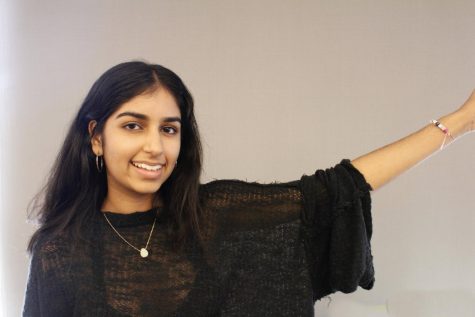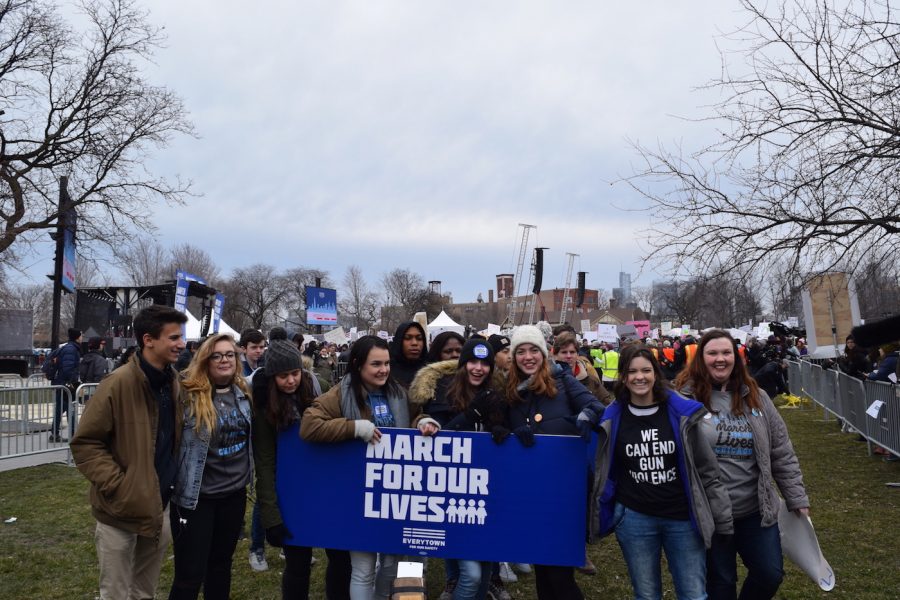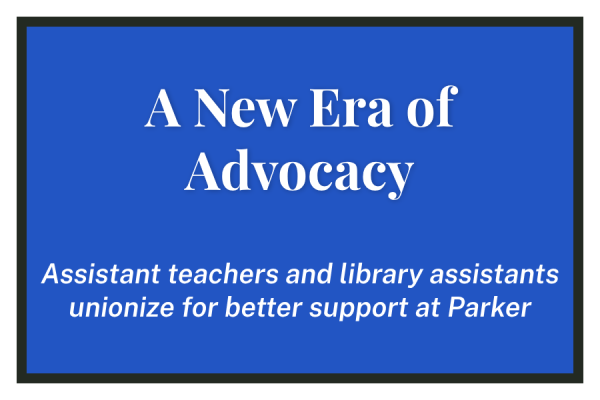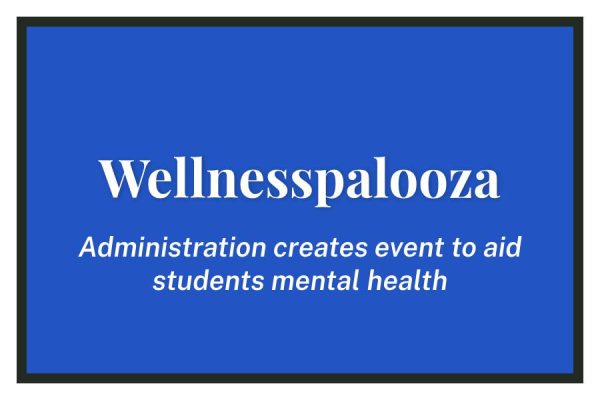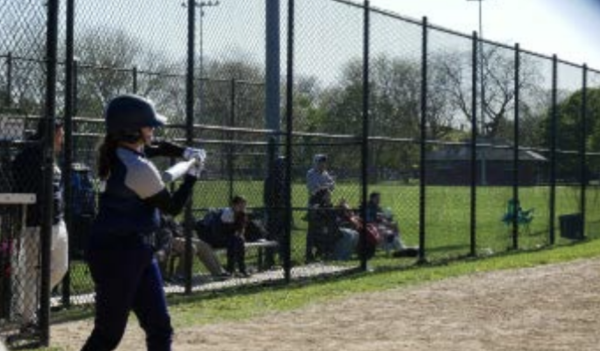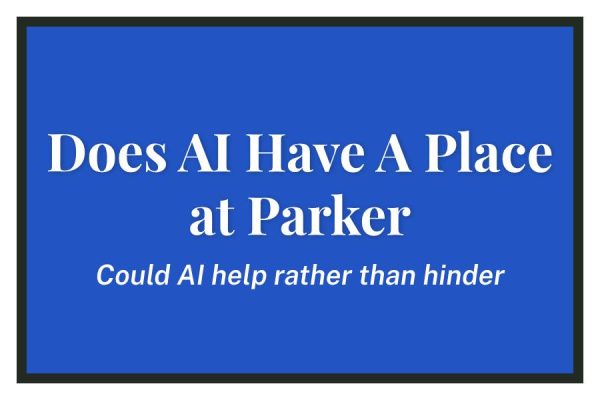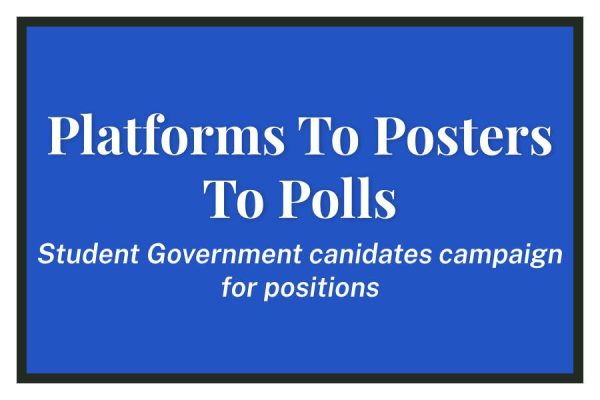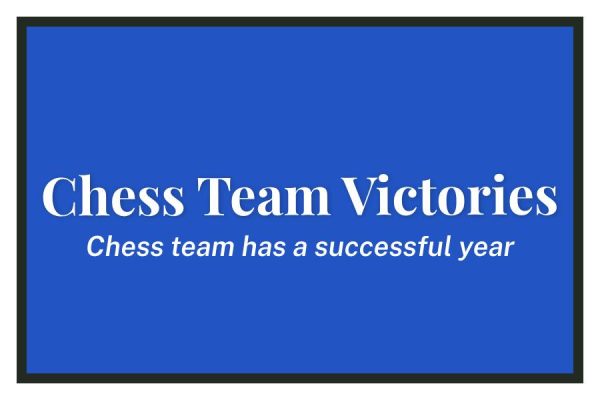The Future’s Coming Through
Students Take to the Streets to Demand Gun Reform
Photo credit: Avani Kalra
March for Our Lives Chicago Organizers Smile as They Start to March Out of Union Park.
“My name is Alexander, and I am eight years old,” Alexander Carlisle from Waukegan’s Glenwood Elementary said, struggling to make his voice audible over the chants of those marching through Union Park on either side of him. “I’m marching today because my school would not let me walk out on the fourteenth. I’m marching because I’m ten years away from voting, but I have a voice. I’m marching because I don’t feel safe going to school every day, and I deserve to.”
Carlisle was one of more than 100,000 students, parents, teachers, and advocates across Chicago who drew catchy slogans on poster boards, donned their warmest and orangest gloves, hats, and coats, and flooded Union Park on Saturday, March 24 at 11AM to demand stricter gun legislation as part of the Chicago effort of the national March for Our Lives.
Marchers participated in an hour-long rally, and then marched around the perimeter of Union Park, located in the Near West Side.
The movement was started by survivors of the shooting at Marjory Stoneman Douglas High School in Parkland, Florida. In the Valentine’s Day shooting, seventeen people were murdered and fifteen wounded when a former student opened fire in the school at 10AM.
MC Marley Rosario began the rally by addressing the violence taking place daily in Chicago. Running out onto the stage with his fellow MC Devon Lewis, microphone in hand, Rosario bellowed “What’s up Chicago! How y’all doing today!” His exclamations were met with whooping and cheering from the roaring crowd.
“It’s amazing how many people are here today to show our lawmakers that we’re here to march for our lives,” Rosario shouted over a screaming crowd. “In the last year, in Chicago, there were over 600 murders. We’re here to march for the students down in Parkland, and the students on the South and West sides of Chicago marching for their lives every day.”
Rosario’s words set the tone for the rest of the rally, which featured speeches, slam poems, dances, and musical performances by students across the Chicagoland area, including: Chyann McQueen, Eduardo Medel from Young Urban Progressives, Kids Off The Block, Denzel Russell, Dontrel Dismuke, Malcolm Russell, Jalen Kobayashi, Caitlyn Smith, Hinsdale Central High School Slam Poetry, Kai Foster, Ayana Otokiti, Amani Myran, Ellie Pena, Juan Reyes from Chicago State University, Kuumba Lynx, and Lamina Henderson from VOYCE.
Each speaker and performer was welcomed to the stage by an organizer who greeted the crowd with an enthusiastic shout. As they paced across the stage, they lead the spectators in an exuberant round of applause. Throughout the performances, the audience yelled words of encouragement and appreciation for what was being said. At times, during personal stories and speeches, not a sound could be heard coming from the 100,000 person crowd.
“I was at the march, and although I completely appreciated the focus on Chicago-based violence, I also thought that it detracted from the movement, the focus of which primarily revolves around school shootings,” sophomore Lia Palombo Schall said. “I thought there was less of a direct call to action at the Chicago march than at others. But there is a lot of violence in our own city, and that can’t be ignored.”
For the most part, the march and rally both went smoothly, according to sophomores Natalie Daskal and Senna Gardner, who helped organize the event. “At the beginning of the march, it was kind of hectic,” Gardner said. “The organizers weren’t at the front of the march, so we had to run around to get to the right place. It wasn’t entirely ideal, especially with waiting for the ADA people before the rally, but everything got settled, and it was great.”
The organizing committee for the Chicago march, comprised of passionate high school and college students like Daskal and Gardner, decided to refocus their aim away from school shootings and onto issues of local violence and the different factors–of age, race, gender, and neighborhood–that play into the violence that happens every day in Chicago.
The committee consisted of fifteen young organizers, who were divided into groups in charge of press, logistics, outreach, marketing, social media, and fundraising. Daskal worked on outreach and Gardner on marketing.
“The speakers were mostly students from the South and West sides, all under 21, telling their personal stories and goals,” Daskal said. “All of the main organizers were from the North side of Chicago, in college, or from the surrounding suburbs, which was an issue we definitely recognized. So that’s why we’ve partnered with a bunch of organizations that work where gun violence is most prevalent and why we connected with the speakers we did.”
All the speakers and performers at the march had been personally affected by gun violence.
Senior Jalen Benjamin, who attended the march in Washington D.C., gave a speech at Parker’s earlier walkout about his experiences with gun violence. “I think it’s really important that the speakers were from the South and West sides because that’s where the majority of gun violence occurs in Chicago,” Jalen said. “In Washington, there were actually a couple of student speakers that were from Chicago, and our president has made several comments about the city. Our march being about Chicago was essential.”
Daskal got involved in the March for Our Lives Chicago when she created the Facebook page for the event. “I went on Facebook expecting to see an event I could connect with, and I didn’t, so I made one,” Daskal said. “I got contacted by other students that were already–or were hoping to be–involved, and it went from there.” Gardner was one of the students that reached out to Daskal.
From then until the march, Daskal and Gardner worked, along with the rest of the organizers, to partner with different organizations around the city, obtain permits, raise money, arrange meetings for organizers and performers, gather volunteers, spread the word, and talk to the media.
Junior Felicia Miller, a Senate Head and one of the four main organizers of Parker’s March 14 walkout, attended both the rally and the subsequent march. “I think the organization of this day has been fantastic,” Miller said. “Never did I feel out of the loop or not know what was happening. This is an extremely important issue these organizers and everyone here is fighting for, and the amount of mass deaths in this country is inexcusable. Something needs to be done.”
For Gardner, the march was a success. “I’m so happy, I feel like I’m gonna cry,” Gardner said, overcome with emotion as she accepted the ‘March for Our Lives’ banner that was handed to her and took her first few steps leading the march out of Union Park and into the street. “This is amazing.”
Some students who have been directly impacted by gun violence were not as thrilled about the march and movement overall. “I am not all that enthusiastic about this movement,” sophomore Arie King said. “I’ve been a victim of gun violence my entire life, and nobody has ever actually done anything helpful towards ending it. My dad and two of my uncles were shot and murdered, and it wasn’t gang related. When a tragedy like the one I experienced as a little kid of color happens in a suburb in Florida to a group of kids that are primarily white, the whole world begins to weep. I just find it disturbing that after decades of gun violence in neighborhoods across the world, kids of color still die every day and nothing is done about it. We haven’t gotten a march, a rally, or a memorial. No kids walked out of class for us. I’m not eager to support a movement that was long overdue and took a tragedy happening to a group of white kids to start.”
The March for Our Lives was a moment as part of a larger movement, in which youth are demanding a safer living environment throughout America. “This whole movement is about unity,” Daskal said. “It’s about bringing everyone together, regardless of race, gender, class, or political party, to save the lives of students. We can’t get distracted. We need to push. We won’t rest until we have what we want, which is gun control. Our work doesn’t stop after this march.”
Daskal asked students to get involved. “This issue cannot die,” she said. “Join up with organizations like Gather Activism, Kids off the Block, Black Lives Matter, Brave, anything else. Join an organization, donate time, money, resources, whatever you can, to supporting those affected by gun violence, those pushing for an end to gun violence, and candidates with similar stances on the issue. And most importantly, vote.”
Gardner has personal plans for after the march. “I will continue to work with the organizers and talk to politicians and other officials who can make a difference right now,” she said. “I will demand for certain legislation and resources on the South and West sides and focus on issues revolving around Chicago and the national movement. As soon as I’m old enough, I’m going to get out there and vote.”
The importance of voting was a major theme of the rally and the march.“For all the lawmakers out there that say they will continue to not fund the South and West sides of Chicago, that they will continue to accept funding from the NRA, you know we’re going to do?” Lewis said. “VOTE THEM OUT!”
As those assembled for the rally exited Union Park and began to march, they joined Lewis in continuing to shout, “Vote them out! Vote them out!,” reminding politicians that the generation leading these protests will soon be of voting age.
